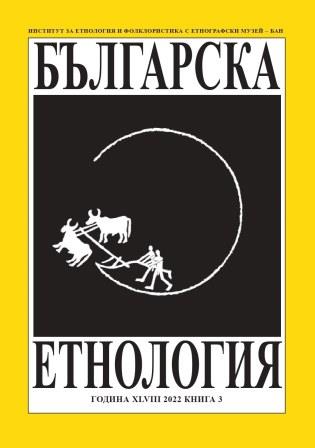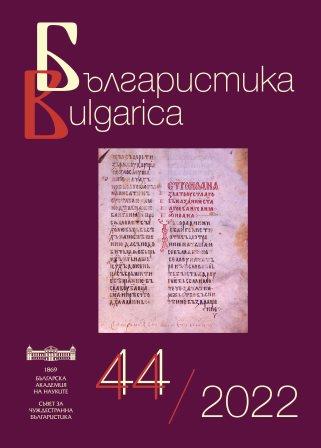
We kindly inform you that, as long as the subject affiliation of our 300.000+ articles is in progress, you might get unsufficient or no results on your third level or second level search. In this case, please broaden your search criteria.



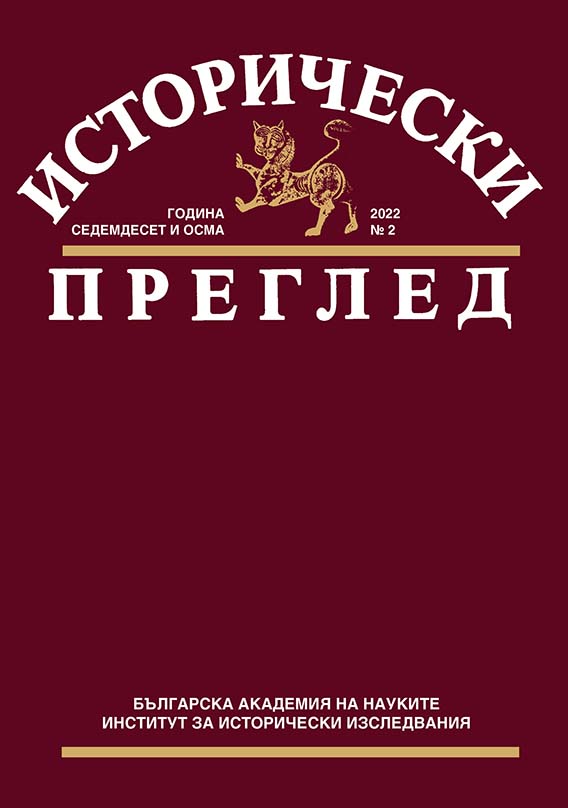
The article examines the information on the Bulgarian Tsar Kaloyan in the Russian Chronograph, one of the few Slavic sources which contains evidence about this ruler. There are four mentions of Kaloyan in the Chronograph and so far only one of them has attracted the attention of scholars. In the present text the other three mentions of tsar Kaloyan are considered, their original sources are analyzed and an explanation for the discrepancies is sought. Unpublished editions and transcripts of the Russian witnesses are involved in the study. The chronograph clearly defines the place of Tsar Kaloyan - he is a ruler who successfully competed with the Byzantine Empire.
More...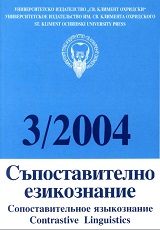
Review of:Славянская этнолингвистика: Библиография. [Российская академия наук, Институт славяноведения, Отдел этнолингвистики и фольклора.] Москва, 2003. 120 p.
More...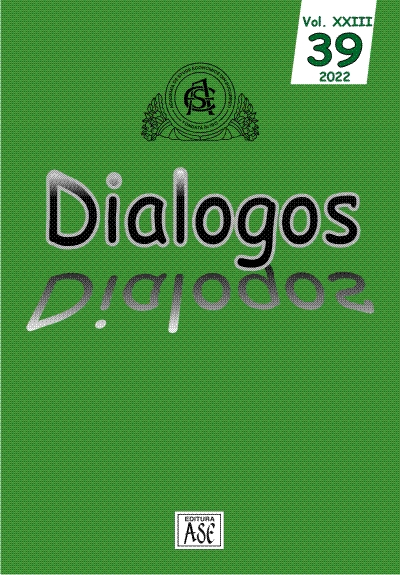
The present study provides a better understanding of the affinities between literature and history. This is to say more explicitly that the defects assimilated to viral pathologies which have infected the populations of Arras, the authorities (political, religious, paternal) in particular, are similar to that which the world has known for a few months, to namely the Coronavirus pandemic, also called the COVID-19. The new social order, which the latter requires, justifies the focus on the aristocratic elite who happens to be in perfect connivance with the clergy. The structural or hierarchical rearrangement of social relations accounts for a certain weakening or annihilation of the unconditional supremacy of which this elite claims the prerogative through courtly ideology. The downfall of the said elite infected with viral defects allows Adam de la Halle to initiate, through his main character Adam, a healing odyssey, under the prism of generic subversion.This translates, moreover, in a dramatic form tested positive which rubs shoulders and harmoniously forms one with many other literary genres of the medieval period, considered in turn as contact cases.
More...
The purpose of this paper is to make a contribution to the clarification of certain aspects regarding the origins of the Lipovans, the Russian-speaking minority group found on the territory of Romania, which have been long rumoured to be of Cossack origin. Despite having emigrated and cut off contact with their native lands, they have managed to maintain a distinct identity, culture and language over the centuries of separation from their ancestral lands, whilst also managing to integrate well into the new cultural context initially encountered in Ottoman-ruled Dobruja, and in Romania, later. The paper comprises a presentation of the historical contexts that have led to the migration of Russian speakers westwards, reaching the territory of modern-day Romania and the influence they have exerted on said territories. It includes specific cultural and linguistic exemplifications supporting the Cossack origin thesis of the Lipovan population of Dobruja.
More...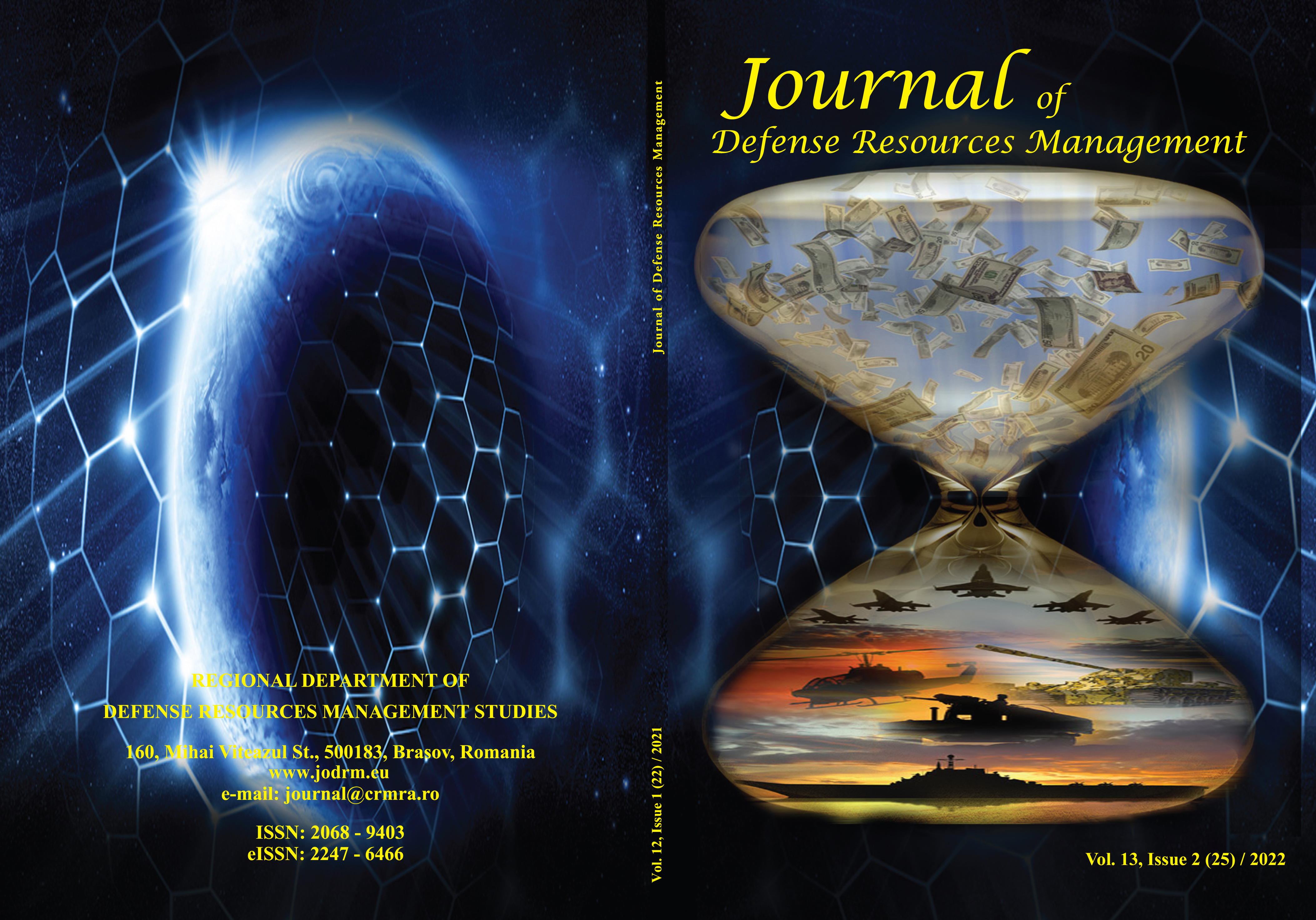
In the context of the current military conflicts, a series of consequences can be distinguished which, if a century ago they were exerted on the involved states and their neighbors, nowadays they develop over a much wider geographical area, sometimes even managing to encompass the global sphere. These economic-military implications of an armed conflict are accentuated in their speed of propagation in time and space, especially by the phenomenon of globalization which benefits from an ever wider development, in the context of technological advance from one day to the next. Under these conditions, any military action exercised on the territory of a state has a series of consequences, which are immediately manifested, from an economic point of view, here referring to the stock exchange, to the possibilities of investment at the local level, but also to imports and the exports of the respective state in correlation with the effects of the military conflict. Discussing the medium and long-term effects, these can vary depending on the geographical region where conflicts take place and the relations that the state has with its neighbors and what kind of global actor it is.
More...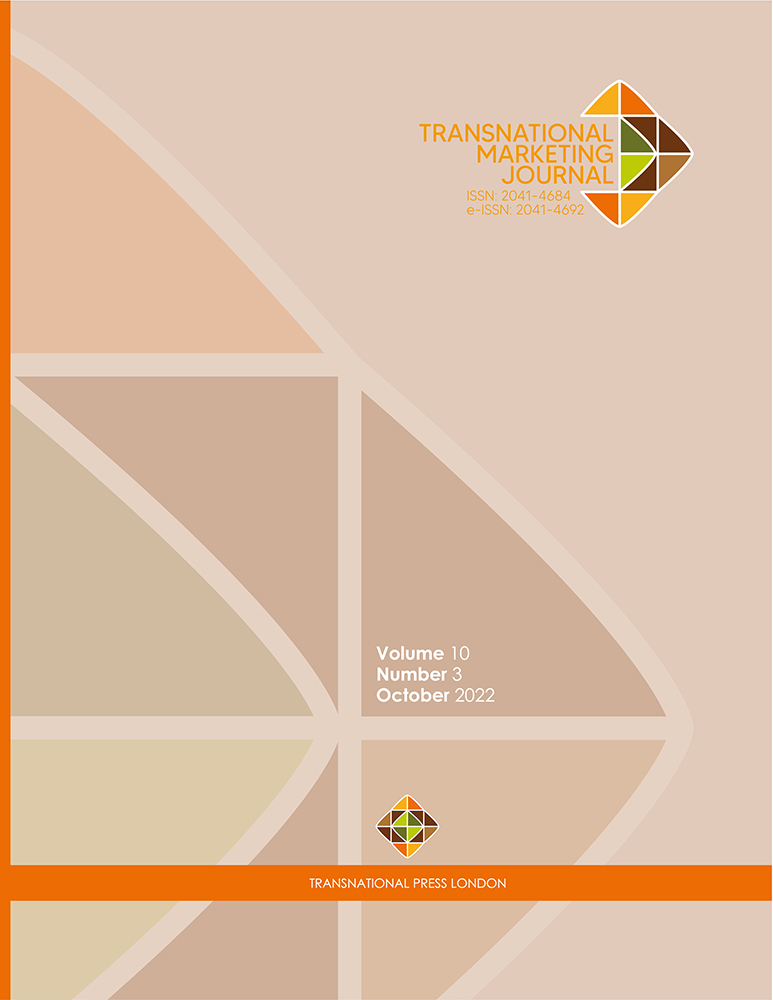
The paper investigates cognitive dissonance in the context of online shopping of electronic products. The study attempts to analyze the influence of product involvement and perceived risks on cognitive dissonance. To the best of the authors' knowledge, this is one of the first studies to assess the impact of perceived risks on cognitive dissonance in the online purchase of electronic products in an emerging and thriving market like India. This study contributes significantly in understanding online buying behavior in electronics product category which is currently growing exponentially due to the pandemic. The study further analyzes the impact of cognitive dissonance on satisfaction. It also attempts to address the impact of satisfaction on repurchase intention and Electronic Word of Mouth (EWOM). The study analyzed the reaction of 716 respondents to a structured self-administered questionnaire. Data were analyzed using Partial Least Squares-Structural Equation Modeling (PLS-SEM).The study reveals that cognitive dissonance significantly impacts satisfaction and satisfaction largely impacts repurchase intention and EWOM. The study further shows that product involvement influences cognitive dissonance. On the other hand, perceived risks did not have a significant relationship with cognitive dissonance.
More...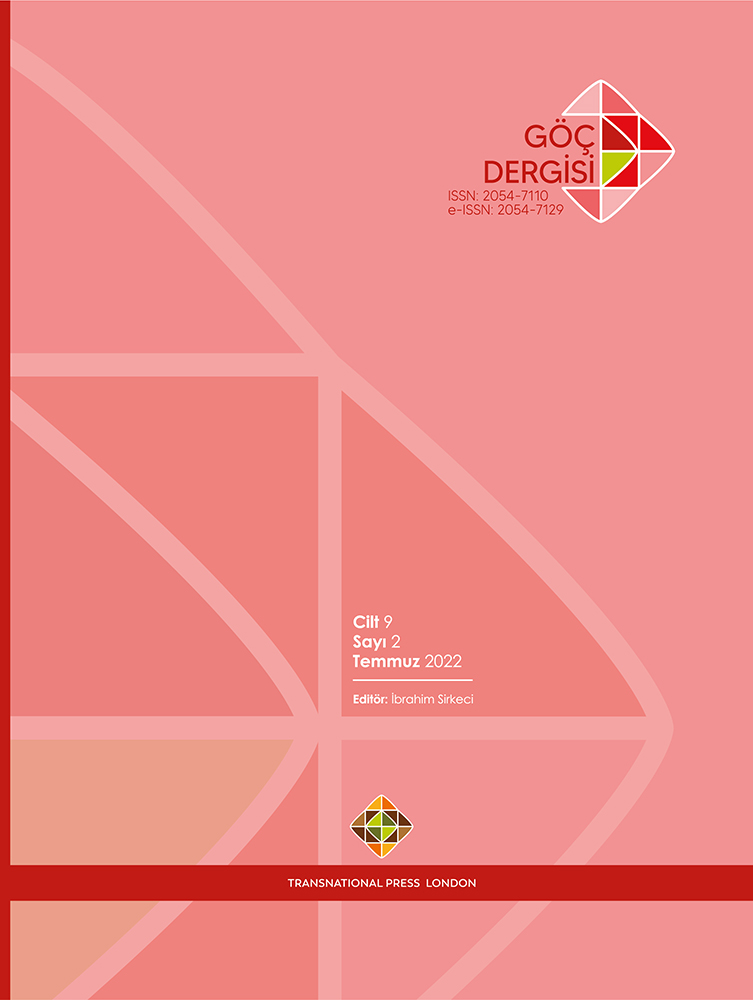
Unfortunately, instead of celebrating the end of the pandemic, 2022 have brought probably the largest refugee crisis we have faced since the 2nd World War. Since Russia's invasion of Ukraine began in February, some 7 million Ukrainians have taken to the roads and sought refuge in neighbouring countries. At the same time, we have seen a large segment of the population displaced within the country during the invasion, which affected especially the northern and eastern regions of the country.
More...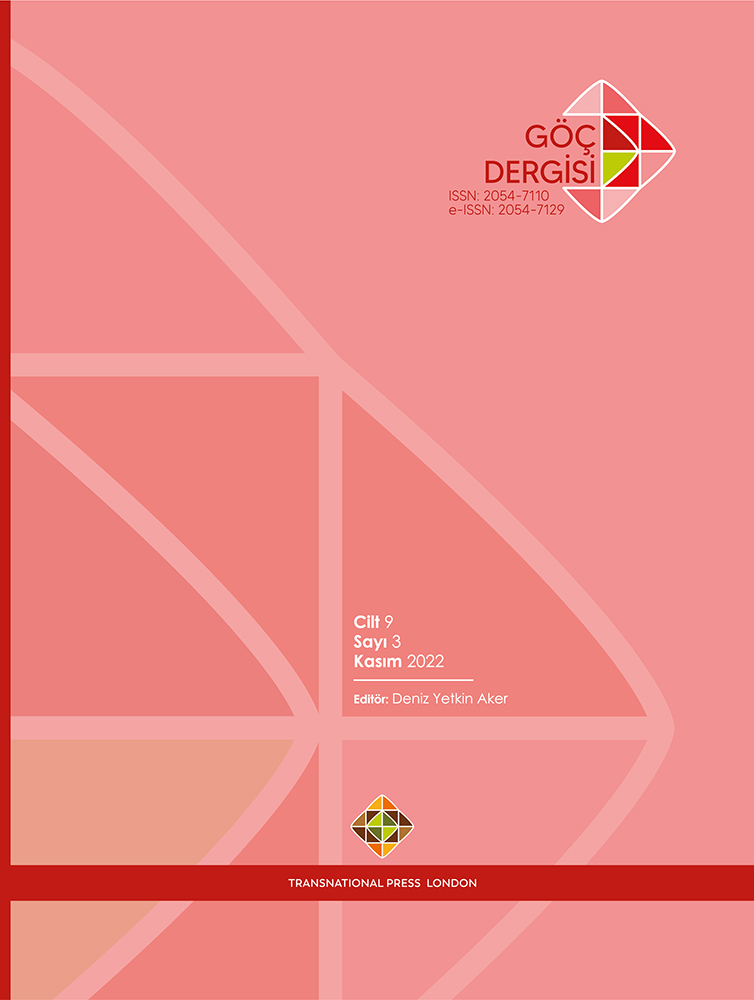
Türkiye, coğrafi konumu sebebiyle, tarih boyunca göç hareketleriyle karşı karşıya kalmış bir ülkedir. Son yıllarda artan göç ve özellikle de 2011 sonrası, Suriye’den gelen göçle beraber, gerek göçmen sayısı gerekse göç üzerine yürütülen çalışmaların sayısı hızla artmıştır. Birleşmiş Milletler Genel Kurulu’nun göç ve sığınma hareketleri konusunda farkındalığın artmasını amaçlayarak 2001 tarihinden itibaren 20 Haziran’ı Dünya Mülteciler Günü olarak benimsemiştir. Türkiye de, bu karar çerçevesinde, mültecilerin hakları konusunda farkındalık oluşturmak amacıyla 20 Haziran’da Dünya Mülteciler Günü’nü çeşitli etkinliklerle kutlamaktadır.
More...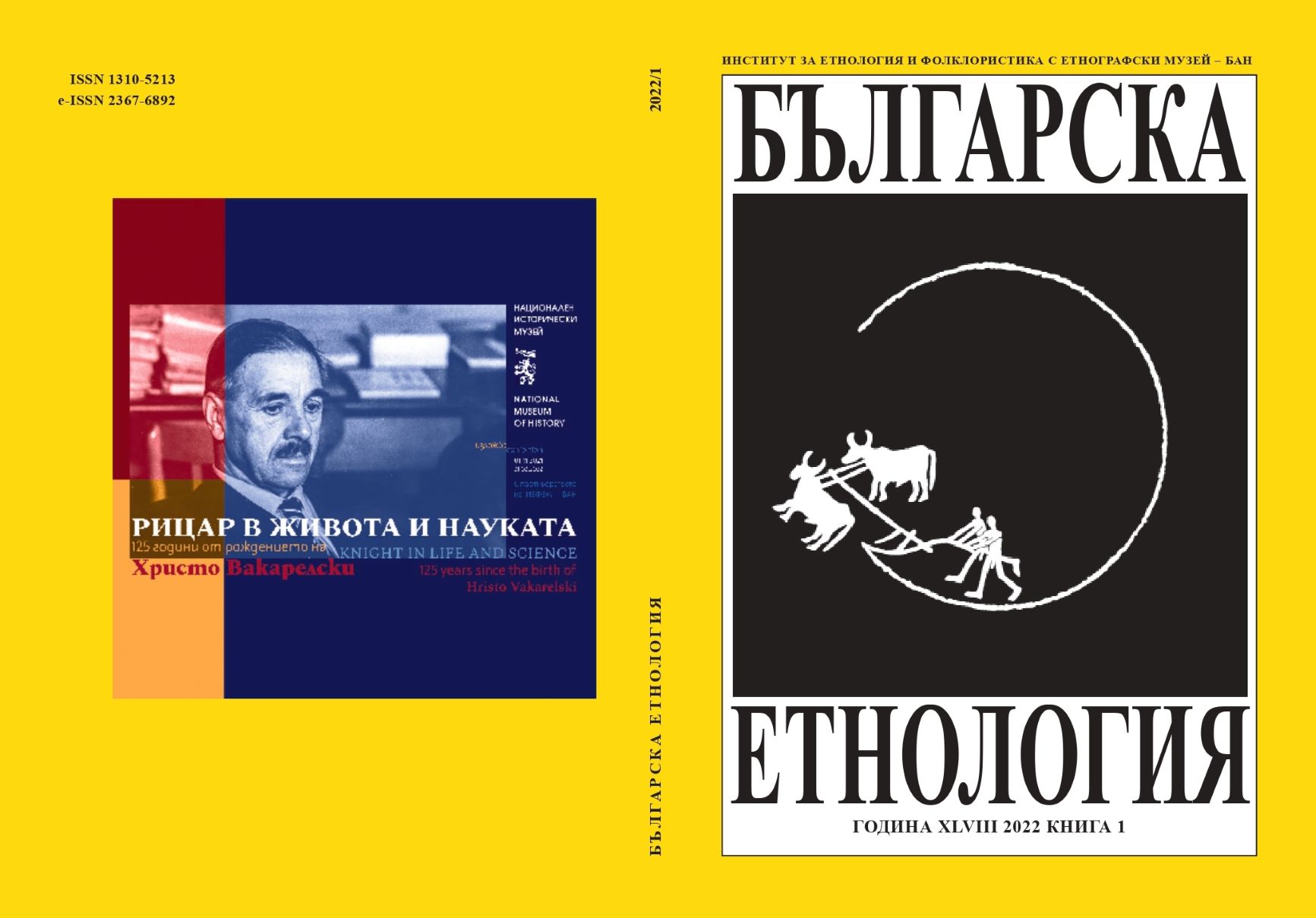
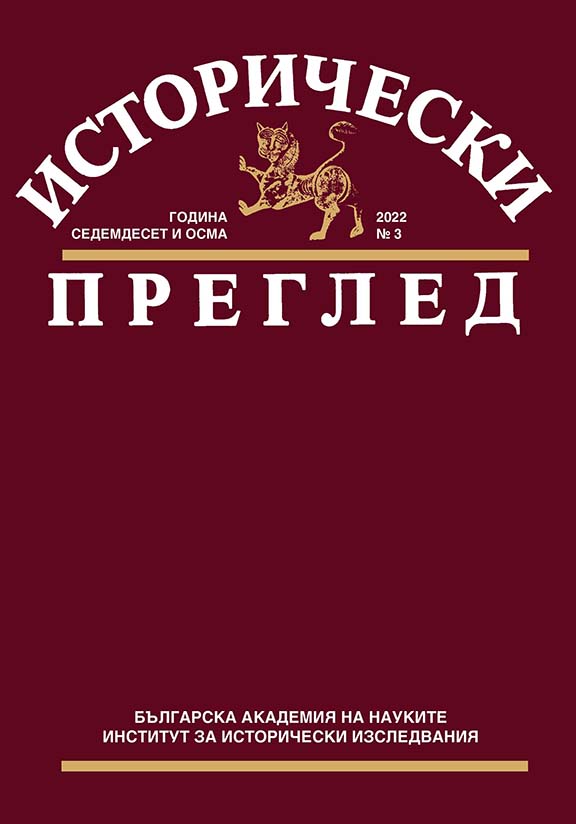
The article attempts at presenting in depth the source and historiographical basis for the history of the Plovdiv International Fair in the period 1944- 1989. Documentary evidence from the archival heritage of the trade forum in local and central archives has been examined. Their informational content is analysed in accordance with the specific features of the period under consideration, as well as in view of the tasks of foreign trade, economic and foreign policy of Bulgaria at that time. The content of all primary sources related to the history of the fair is evaluated in accordance with the political and social attitudes of the time in which they were written. The article also presents a variety of secondary sources on the history of the Plovdiv International Fair in the period 1944-1989. Their nature and significance for historical knowledge on the subject is established. The aim is to determine the informational potential of primary and secondary sources on the topic, and thereby to outline the challenges faced by the researcher when dealing with different sources of information.
More...
Universities are the publishers of most of the peer-reviewed journals in Turkey. Except for a few good practice examples, journals in universities are not published from a single center under the brand name "University Press." Journals are published by sub-units of universities, such as Faculty and Institutes, without considering a standard publication policy and quality system. Although there are Publication Commissions in Universities, these commissions are not active in publishing peer-reviewed journals in a common standard. Legislative arrangements are needed in this regard. When university units decide to publish a peer-reviewed journal, this journal begins its publication life in a short time.In this process, no preliminary preparations are made about academic publishing, and information about the transfer of experience is not obtained from experienced editors and publishers. Since universities do not have expert administrative staff experienced in peer-reviewed journal publishing, these journals generally start publication with weak publishing criteria. For example, the most common mistake is to give the journal a long name that is too weak in terms of branding, which will need to be changed in the future, such as "….University… Faculty Journal". Another problem is that academic staff working in the institutions of these journals prioritize publishing their scientific studies. In addition, Dean or the Director is determined as the editor-in-chief. It is not taken into consideration that this situation may be perceived as a violation of publishing ethics, known as "Unfair Authorship/Editorship." In this process, it is overlooked whether a manager with an administrative duty can be an active editor. Afterward, an editorial team, mainly composed of research assistants, is formed to carry out the publication processes of the journal. Although the names of dozens of people are written on the journal boards, the actual process is carried out by one or more people. These people work very hard with dedication. However, academic publishing is a team effort, and efforts by one or two people will not be enough for the journal to reach the desired goals. For the aforementioned reasons, journals that start publication without serious preliminary preparation are either unable to find articles to publish or are closed after a few issues.Academic journal publishing is more complex than popular journal publishing. There are legal, financial, scholarly, ethical, and technical rules and principles that journals must comply with. Apart from all these, the application and process follow-up to academic databases with a technical aspect are also the responsibility of the same editorial team. The criteria and application processes of each academic database are different. Naturally, following the criteria of dozens of databases and carrying out the application processes cannot be carried out effectively by those who work in the journal for the first time and do not have experience in this field.The acceptance rate of Turkish journals by academic databases is not at the desired level. In the low acceptance rate, the factor that the journals do not sufficiently comply with the criteria of the academic database comes to the fore. All national (TR Index) and international academic databases have various criteria for journal acceptance. As an editor, I have examined the selection criteria of national and international indexes to minimize the difficulties experienced in the application and acceptance processes of the indexes. In addition, I have reviewed the principles of academic publishing of international organizations such as the Committee on Publication Ethics (COPE), Directory of Open Access Journals (DOAJ), Open Access Scholarly Publishers Association (OASPA), and World Association of Medical Editors (WAME). Also, I glanced at the literature on indices and their functioning. As a result, "Peer-Reviewed Journal SWOTs Analysis" was developed to be used to identify the strengths and areas of improvement of academic journals. By applying the Academic Journals SWOTs Analysis, it can be determined that the journals fully comply with the criteria of national and international indexes and which ones have deficiencies. Thanks to the developed system, how to eliminate the shortcoming is also reported to the editors as practical information.The data to be used in the Academic Journal SWOTs Analysis; is collected from the editor-in-chief, the journal website, the ISSN registry, and national-international indexes. The collected data is analyzed, and the answers given by the editor-in-chief are compared with the information obtained from open sources such as the journal website. The results are entered into the SWOTs Analysis System. The dataset of the SWOTs Analysis Questionnaire is comprised of 22 sections and 250 questions. To determine the strengths or weaknesses of the journal, the name of the journal (6 questions) in the first section, the journal history in the second section (5 questions), the ISSN record in the third section (9 questions), the publication period in the fourth section (10 questions), the aim & scope of the journal in the fifth section (10 questions), in the sixth part the language of publication (5 questions), in the seventh part the publisher information (12 questions), in the eighth part the journal website (20 questions), in the ninth part the volume/issue system (6 questions), in the tenth part the editorial structure (13 questions), the editorial board in the eleventh part (9 questions), the peer review process in the twelfth part (24 questions), the research and publication ethics policy in the thirteenth part (27 questions), the copyright and licensing policy in the fourteenth part ( 14 questions), the archive policy in the fifteenth section (5 questions), the price policy in the sixteenth section (8 questions), the article typesetting format in the seventeenth section (33 questions), the publication quality in the eighteenth section and the international interest in the journal (10 questions), index in the nineteenth chapter relations with the authors and data distribution policy (3 questions), the indexing status of the journal in the twentieth section (10 questions), the citations of the editorial team and the authors in the twenty-first section (7 questions), and the visibility and promotion of the journal in the twenty-second section (4 questions) are analysed.Peer-reviewed Journal SWOTs Analysis was applied to the requested peer-reviewed journals by YAZIM DESTEGI experts (www.yazmdestegi.com) in January-October 2022. The analysis results show that the point value indicating the weaknesses of the journals in the questionnaire consisting of 250 questions varies between 48 and 106 points out of 250 points. The 48 weak points are the points equivalent to the open aspects of the journals indexed in SCOPUS and ESCI, which are the least deficient. 106 weakness is the point value of the weaknesses of the journals that are not scanned in the TR Index and other indexes with the highest number of shortcomings. The common weakness is the low citation rate because the publication language is not English in most of the journals. The score for a low citation rate is minus 9 in the SWOTs Analysis. This ratio is not the main reason for the reviewed journals' 48 to 106 points of weakness. Journals receive low scores in the Refereed Journal SWOTs Analysis due to the formal and academic deficiencies they can correct in the short and medium term. At the end of the Academic Journals SWOTs Analysis, the strengths and weaknesses are presented to the journals as a detailed report. Indicating the defects and strengthening them in the report allows the journal boards to take short and medium-term measures. In a process where quality processes gain importance, detecting deficiencies by subjecting the journals to external evaluation by experts will contribute to the quality of the journals in every aspect.If the journals publish in full compliance with the criteria of the TR Index, the total point value of their weaknesses should be between 50 and 60 points out of 250 points. The point value of the weak points in the SWOTs Analysis Reports of the journals selected by the TR Index shows this. The evaluation results showing the journals' weaknesses are below 50 points, indicating that those journals have risen to the level of acceptance from the SCOPUS and ESCI. The aim of editors and publishers is that their journals have no weaknesses, with a total score of 250. However, in academic publishing, the presence of different parties such as publisher-author-editor-referee in the process, the publication language being Turkish, the scientific quality of the article, and the quality of the reviewer reports not always at the same standard mean that journals can always have weaknesses of 0 to 40 points. In this respect, the SWOTs Analysis of journals scanned in AHCI, and SSCI indexes support this result. The important thing here is that the editors and publishers realize the weaknesses of their journals and implement the improvements related to them.
More...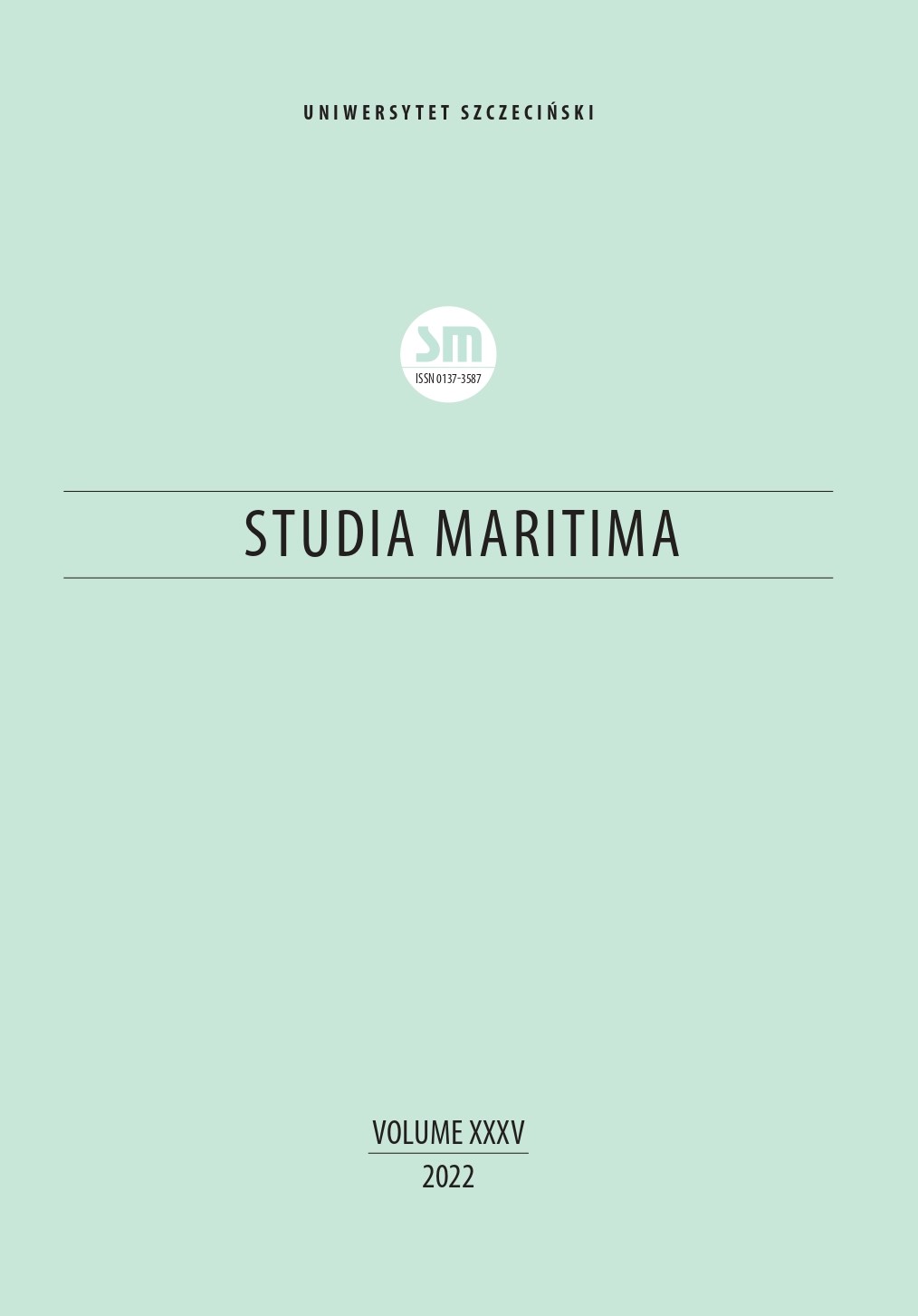
The subject of the publication is a review of the book “Wierni królowie. Szwedzi i Finowie na uchodźctwie w Rzeczypospolitej Obojga Narodów w pierwszej połowie XVII wieku” [Faithful Kings. Swedes and Finns in Exile in the Polish–Lithuanian Commonwealth in the First Half of the 17th Century] written by Wojciech Krawczuk. In his monograph, the author characterised a medium–sized collectivity made up of Swedes and Finns fleeing their country as a result of the dynastic war between Sigismund III and his uncle Charles of Södermanland. A considerable part of the group settled in the Commonwealth and the kings (Sigismund III, as well as his sons) felt attachment to those people, which manifested itself in taking special care over them. The community, especially noblemen, was of great political importance, reaching in the Crown even senatorial positions. The article presents new calculations of the diaspora connected with the results of the dynastic war. The calculations demonstrate that in the years 1600–1620 there were jointly c. 583 male refugees. Some of them spent abroad merely a few years and returned home; consequently, the number of the refugees was systematically falling (Figure 2 & 3). The social structure of people who left Sweden was presented in the form of Figure 1. It turned out that the nobility made up merely a quarter of the refugees, but it was almost 23% of all noblemen of the kingdom.
More...
Este artículo presenta las experiencias de las personas con discapacidad al moverse en la Ciudad de México frente al urbanismo capacitista, un sistema de dominación en el que las formas, usos y gestión de la ciudad dan privilegios y atención a las necesidades de las personas consideradas “capaces”, con “cuerpos completos”, “inteligentes” o “sanas”. Se presenta un estudio de casos con información que se recolectó por medio de entrevistas móviles y observación participante de las movilidades. El análisis se realizó utilizando la Teoría Crip y referentes de los estudios críticos en discapacidad. Entre los hallazgos se encuentra que el urbanismo capacitista afecta a diversidad de cuerpos, incluidos los de las personas con discapacidad, pero, además, a muchas otras poblaciones. Esto evidencia que las ciudades benefician la habitabilidad de ciertos grupos en función de su clase y género.
More...
Los incontables problemas urbanos de la actualidad encuentran una explicación en la racionalidad del funcionamiento capitalista, en específico en la personificación del capital inmobiliario, pues su reproducción en los últimos años ha sido sumamente significativa. Esto nos obliga a situar en el centro del análisis urbano, algunas categorías económicas específicas ligadas a la Economía Política marxista; nos refererimos puntualmente a los conceptos de Renta Urbana (y su determinante princicipal, el Precio del suelo) y al ambiente construido, el cual incide directamente en aquélla para cerrar un círculo virtuoso de valorización y obtención de sobre-ganancias a partir de altos precios de las mercancías bienes inmuebles que inundan gran parte de la oferta edilicia de la ciudades contemporáneas. Un entendimiento sistemático y teóricamente articulado a actividades del sector inmobiliario (la vivienda, las oficinas y el retail) y de su funcionamiento dentro del sistema capitalista, nos puede ayudar a comprender los actuales procesos urbanos.
More...
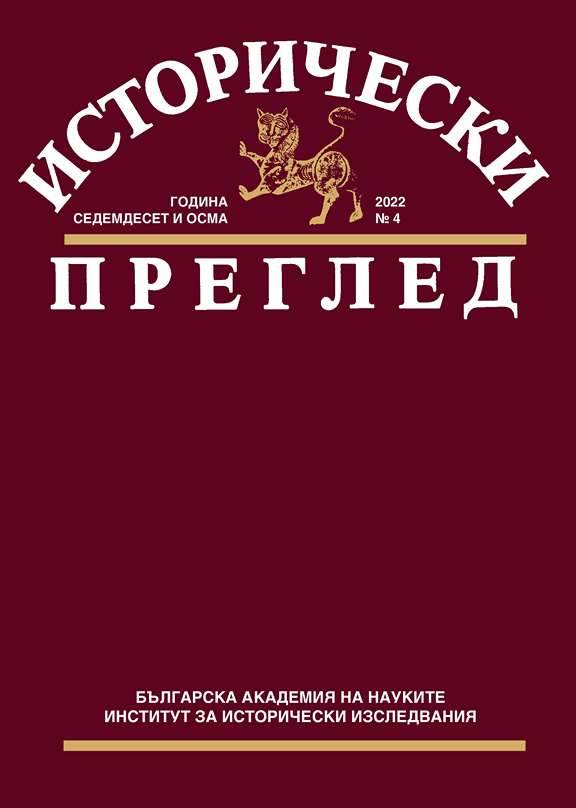
Of all the Slavic sources for Bulgarian history, the Russian Chronograph has the largest chronological scope, providing information on events from the settlement of the Bulgarians in the Balkans to the fall of the state under Ottoman rule. The present study focuses on several unclear and unanalyzed reports about the Bulgarians, the information in which differs from the data in other sources. The reasons for these differences should be clarified, as in this way the remaining information can be supplemented. Khan Krum is called “Homer”. It is stated that one of the wives of the Russian Prince Vladimir I Sviatoslavych is Bulgarian. Information related to the reign of Tsar Ivan Asen II is given, which is not borrowed from the sources used in the compilation of the Chronograph. A Bulgarian-Serbian conflict at the end of the reign of Tsar Todor Svetoslav is mentioned, but there is no evidence of such a conflict elsewhere. Some of the reports do not correspond to the facts and are the result of errors of the copyist or compiler. Others deserve special attention because they testify to the spread of Bulgarian writings in Russia, provide additional arguments for some theses, suggest the existence of unpreserved chronicle texts and show how the place of the Bulgarians in world history was understood.
More...